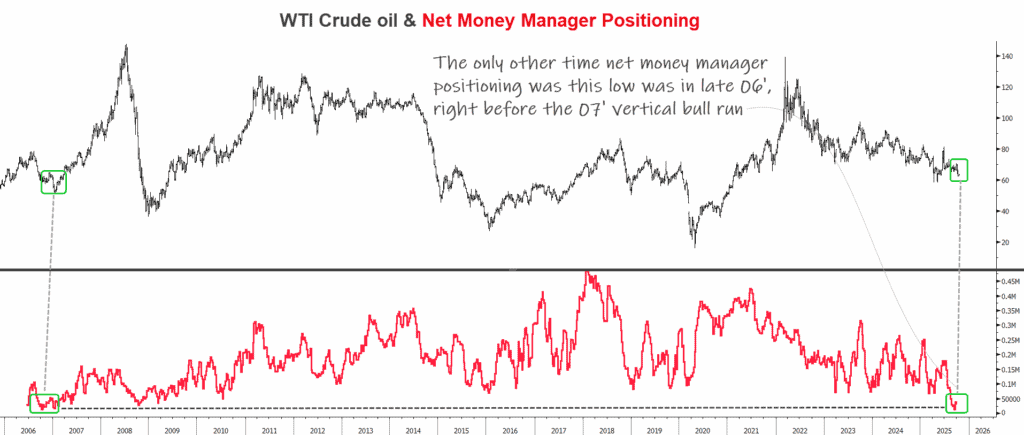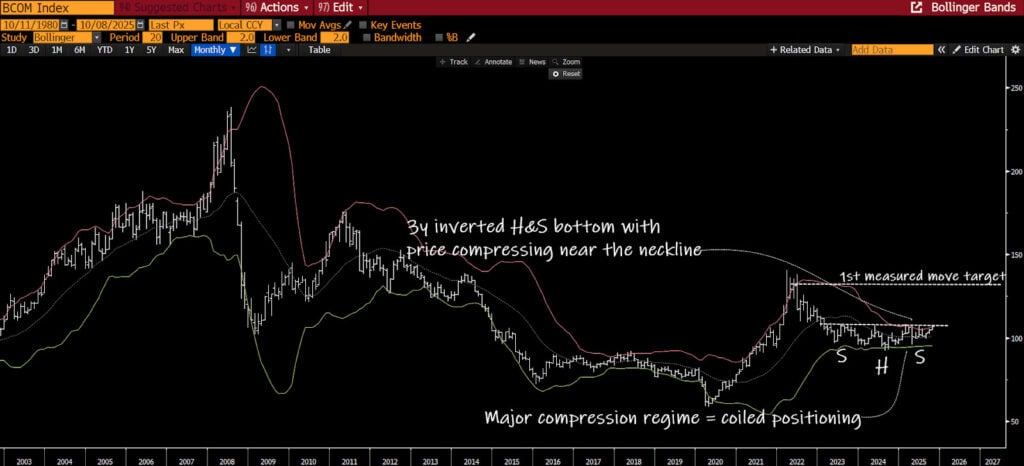A crucial point in an investor’s journey is the realization that they can say “no” more often. It’s at this moment where maturity begins, thoughtfulness resonates and decision-making improves. Saying “no” more often leads to a better portfolio, a less stressful idea generation process and a greater sense of control.
We can also apply these lessons outside of markets. The framework of hurdle rates, IRR and a “too hard” pile add value to our everyday lives.
Outside financial markets, there are two resources we allocate most:
-
- Time
- Energy
Yet like any investment, it’s vital we measure the return on our energy and time spent. Saying yes (or, saying no less) leads to low rates of return on our time and energy.
It’s easy to say yes to everything. It’s easy to stretch yourself too thin. In fact, there’s comfort in saying yes all the time. By saying yes to everything, you free yourself from creating a hierarchy of importance. Without saying no, you avoid the arduous task of scrutinizing your own decisions, friends and commitments. Why do you do this? Because it feels good. And how do I know? Because I used to do it all the time.
Saying No: Where Better Investments Happen
I’ll admit it. I was a “yes man”. Starting out as an investor, I couldn’t say no. Every idea looked good. Any company trading below cash caught my eye. I read Ben Graham and Greenblatt. I scoured Buffett’s partnership letters. I tried to apply this knowledge as quickly as I could to as many ideas as I could find.
Stock screeners weren’t filters as much as they were intellectual brothels. I tried servicing my knowledge to any and every company.
There’s an element of wanting to use the knowledge you’re gaining right away. In other words, when I started investing, I didn’t know the power of delayed gratification via the knowledge I was building.
The Consequences of Being a Yes-Man
I jammed round (bullish) theses into square (realistic) scenarios. This is dangerous for two reasons. One, you start abusing a discounted cash flow model to fit your rosiest projections. This is why I’m a huge proponent of Mohnish Pabrai’s Commandment “Thou Shalt Not Use Excel”. An idea should be a no-brainer on the back of an envelope. Not on the third sheet, row AAB of an excel file.
Two, you develop a false sense of security in your own analysis. Annie Duke explains this well in her book, Thinking in Bets. She uses the example of “Nick the Greek”.
Nick the Greek had an interesting poker strategy. He always played seven-deuce. Keep in mind that a seven-deuce is the weakest mathematical hand possible. Let’s pick up from the book (emphasis mine):
“ He fixated on the relatively common belief that the element of surprise was important in poker… And because he played seven-deuce all the time, occasionally the stars would line up and he’d win. Nick the Greek, needless to say, rarely came out ahead.”
There’s a similar error that occurs when investing in low quality ideas. By saying yes to every investment idea, you’re statistically bound to have one profit. But like Nick the Greek, you won’t come out ahead. If you extrapolate the one time you got a bad idea “right” (i.e., profit), you’ll end up losing everything.
I’ve made this mistake numerous times. So much so, I wrote about a particular example last year.
Instead of red-teaming your ideas, you fall victim to confirmation bias. You’re dying to find someone that agrees with your point of view. In doing so, you feel better about your idea. This is dangerous for a couple of reasons.
First, you could miss a data point, financial statement footnote, or headwind that dismantles your entire thesis.
Second, you fail to learn from your mistakes. If all you do is seek confirmatory information, how will you get better at researching the next idea? Without someone to challenge your ideas, you’ll make the same errors and reinforce negative biases.
How I Stopped Saying “Yes”
I made two changes in my investing philosophy that cured me of my “yes-man” syndrome:
-
- I created an “Ideal Company” for my portfolio
- I started saying “No”
Most businesses have their ideal customer. This profile dictates how and where they market, how they craft their sales message and their company culture. For example, many retail companies have a customer profile to match the type of person they want wearing their clothes.
An “Ideal Company” description helps you refine your investment process and select only the companies that best match that criteria.
Even better, it’s completely up to you in how you define this “Ideal Company”. Make it match your investment strategy, of course. But besides that, you have total freedom. Prefer companies with no debt? Add that to the criteria. Looking for turnaround companies with share price declines >65% YTD? Add it.
That’s the beauty.
Then, once you have the “Ideal Company”, focus all your time and energy (i.e., your life capital) on finding those specific names.
I Started Saying “No”
This change has had the biggest impact on my investment process. Now, I spend less time researching bad ideas, and more time on my best ideas. Remember, “bad” and “best” are relative terms, and fit within your framework of your “Ideal Company”.
Saying no increases my portfolio hurdle rate, making it harder for new ideas to enter my book. In other words, I’m always making incremental improvements in my portfolio. At least that’s the goal.
If an idea doesn’t resonate with me after reading the Investor Presentation, 10-K or proxy statement; I pass. There’s better ideas out there for me to spend my time on.
And that’s the beauty. The market’s always throwing you pitches. You don’t have to swing if you don’t want to. Like Ted Williams, wait for a pitch in your sweet spot.
A Never-Ending Struggle
After saying all this, I still struggle with saying no. Investing isn’t a job, but a passion. I love finding ideas that challenge my intellect. Ideas that force me to think outside the box.
But that comes at a price.
Sometimes, in the search for the most obscure idea, I forget the real reason for my research. To find a great business that will compound my capital at above-average rates of return.
I don’t say no as often as I’d like. But I’m getting better. And that’s all I can ask of myself. All I want is to say no a bit more each day.







